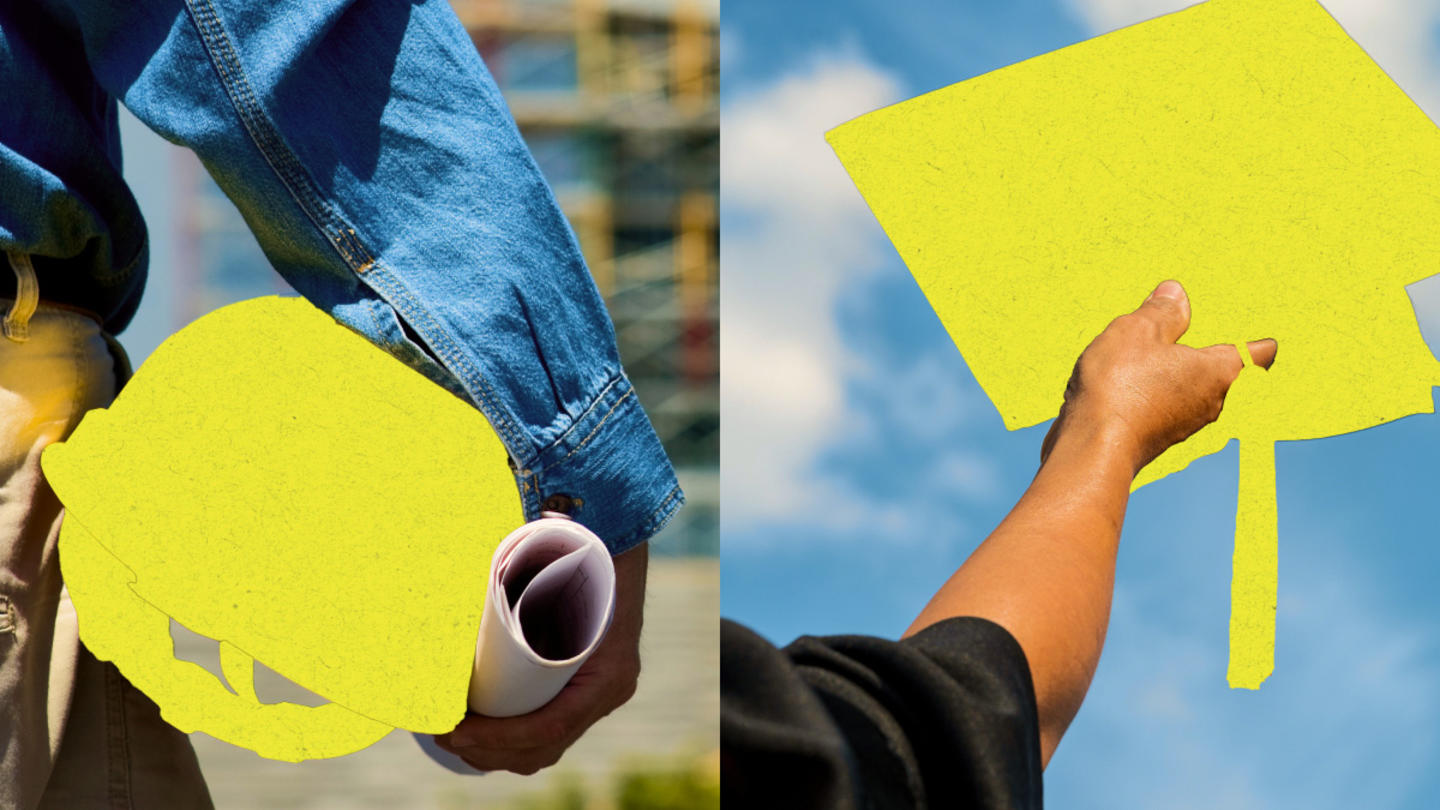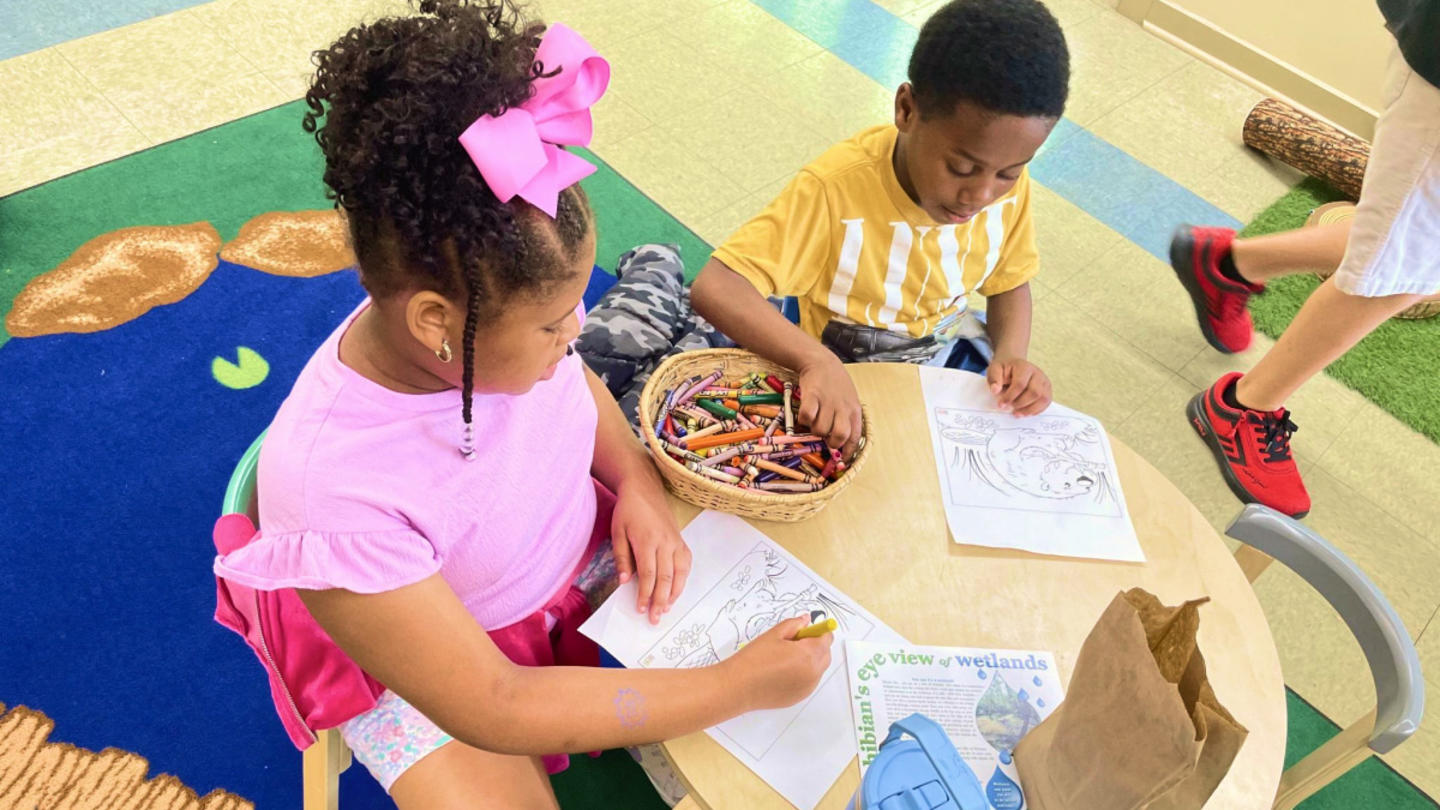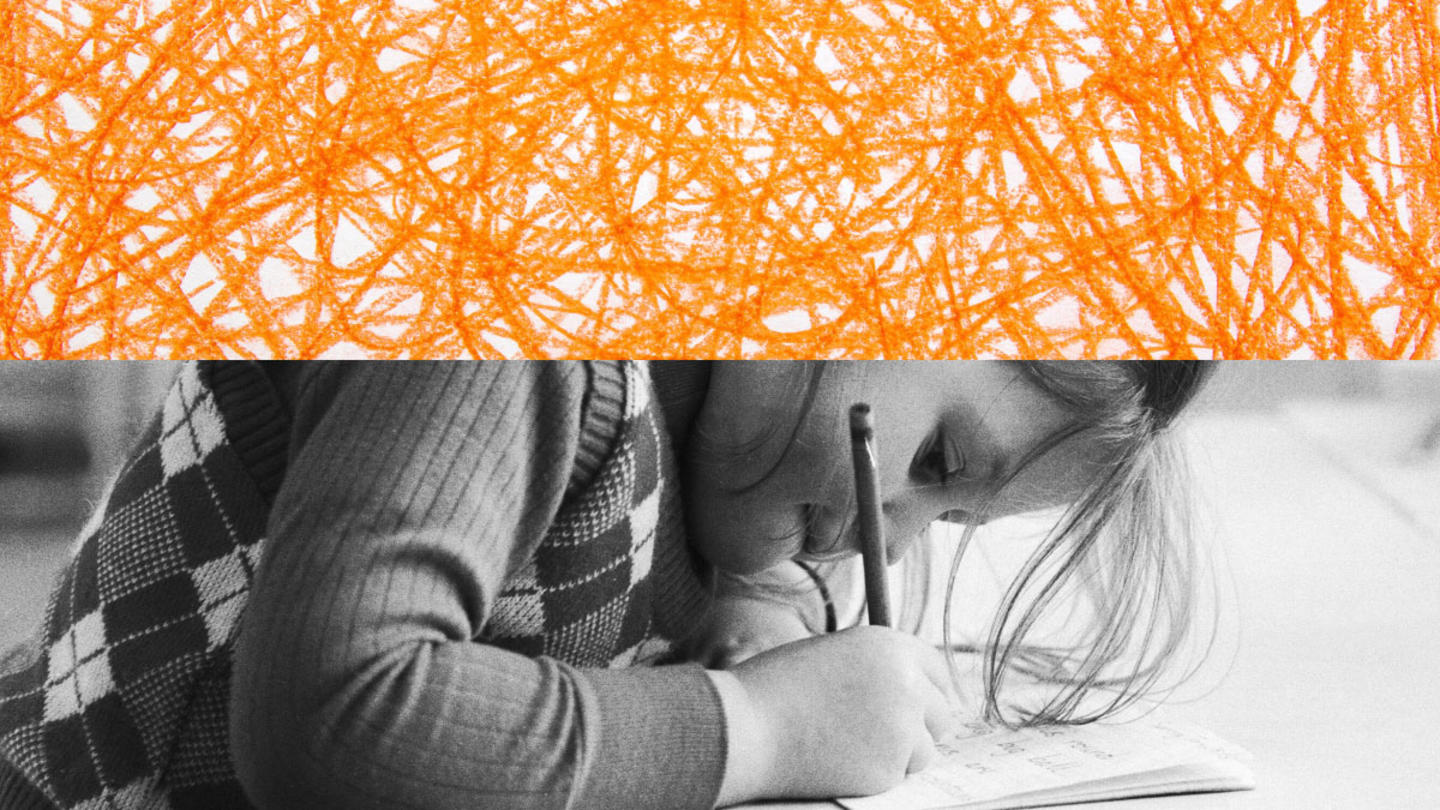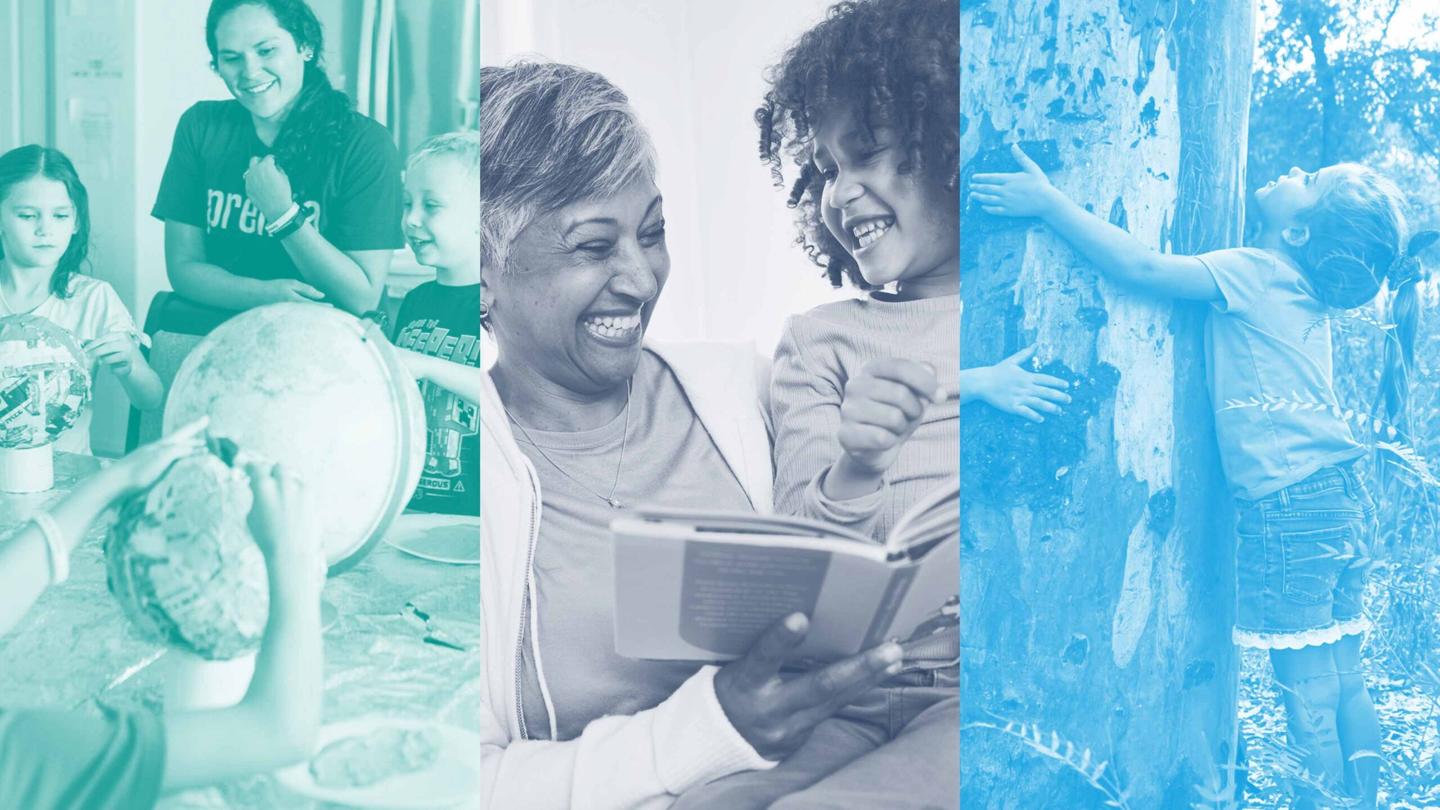What would the world have been like if all adults had the chance to choose from an array of unconventional learning opportunities? In what ways might people think differently if they'd been encouraged to do so from an early age?
These questions are being asked across the United States, where parents are pushing for more student-centered learning options.
Student-centered learning transforms education by placing each student in the driver's seat of their learning journey. Unlike traditional school systems, curriculums aren't the same for every child. They're built around each student's interests. In most cases, when a student gets a say in what and how they study, this is all it takes to get them engaged in their education. The classroom becomes a hub of exploration. Students take the lead, and teachers offer support and guidance along their chosen learning paths. This model fuels curiosity, innovation, and a lifelong love for learning.
Parents are increasingly seeking student-centered learning options for their children. Policymakers have noticed. In 2023, 18 states expanded school choice offerings:
- In September, North Carolina joined nine other states in offering universal school vouchers that make more options for K-12 students possible.
- Parents in Florida no longer have to meet income requirements for voucher programs.
- Idaho students can attend any public school district, regardless of zip code.
- Ohio allocated almost $2 billion towards a new school voucher program.
- In Montana, children with special needs can qualify for education savings accounts.
- Arkansas, Utah, Nebraska, Alabama, South Carolina, and Oklahoma all offer education tax credits or opportunity scholarships to be used at any school of choice.
The list is growing. According to recent data from Tyton Partners, which is funded by Stand Together Trust and the Walton Family Foundation, parents want educational environments better suited to their children's needs and interests. This has especially been true since the COVID-19 pandemic forced so many children into new schooling environments that ended up being better for them.
School is no longer one-size-fits-all. Parents have many options to find an education that suits their individual child. Below are three non-traditional learning options that focus on students, not systems.
1. Microschools: small learner-focused schools
Microschools are intentionally small learning environments that come in many flavors: classical education, Montessori, language immersion, arts, culture, outdoor adventure, STEM/STEAM (Science, Technology, Engineering, Art and Math education), technology, project-based and student led.
The shared theme, regardless of a school's particular focus, is student-centered learning. This is also what makes them distinct from traditional public schools. The curriculums may be rigorous or relaxed, age-specific or mixed, but they are always flexible and student-centered.
Parents like microschools because small class sizes allow for close relationships among families and educators. This fosters a supportive community that cares for each student academically, socially, and emotionally.
Microschool founders are responding to parents' increasing discontent with schools that expect students to conform to the school's agenda, not the other way around.
"We talk to people all the time that have gotten to this point of frustration, where they're looking for options for their child," says Kelly Smith, founder of Prenda, an organization providing tools and support for microschool entrepreneurs.
At a Prenda school, "We call the adult in charge of a microschool a learning guide," he says. "Instead of being the one transmitting information, their role really is to help these young people develop into learners."
Ashley Soifer started Southern Nevada Urban Micro Academy to meet the needs of her own daughter, who, by fourth grade, had internalized her inability to meet public school expectations, so much that she believed "it would have been better off if she had never been born."
"That was a huge eye opener to me, that, woah, something has to change," Soifer says.
Other parents noticed, and soon Soifer and her husband were advising 20 microschools in Nevada and in places as far as West Virginia and Mississippi.
At Acton Academy Red Rock, different age groups in a single classroom encourage children to learn from one another. Curriculum is flexible, adaptable, and student-focused. Each student's unique strengths and talents inform their specific curriculum.
Sign up for Stand Together's K-12 newsletter and get stories, ideas, and advice from changemakers who are transforming education across the country.
2. Homeschool co-ops: collaborative and parent-run
In a homeschool co-op, a group of families come together to share educational resources. Parents often take turns teaching classes or subjects. Some co-ops are community-based and bring experts from the community in to teach various subjects. This model combines the benefits of homeschooling with social interaction, as well as a diverse range of subjects and teaching styles.
Transcend, a national organization focused on innovation in school design, released a report last year detailing the attributes of the most successful community education models.
Among other things, the report finds that "promising education models were fueled by powerful agreements about what families wanted for their kids and connected learning to the assets, knowledge, needs, and opportunities in their communities."
Many homeschool co-ops do this well.
Alycia Wright began homeschooling her children when she found that school staff was indifferent and unconcerned about her kindergarten daughter's unique needs. "It turned out to be really disheartening," she says.
With a background in education, Wright knew she could do better. She wanted her children to be proud of their heritage and unique talents.
Eventually she founded Cultural Roots Homeschool Cooperative, which, according to its mission statement, "centers [its] programming around the diverse cultural attributes, traditions, and histories of Black, Brown, and Indigenous communities."
At Cultural Roots, homeschooled students from kindergarten through high school meet two or three times a week. The co-op looks closely at individual circumstances, learning styles, and cultural touchstones, and helps build an educational model that suits each child. Wright's mission is to help others, including her four children, find the individualized version of education that suits them.
3. Forest schools: experiential nature-centric learning
Forest schools are a special type of microschool. Learning takes place almost entirely outside the classroom. These schools have a strong exploration element to them, but they also include some traditional academic subjects taught in the context of outdoors.
Though they existed before the pandemic, interest surged during lockdowns. Forest school founders believe children should be given opportunities to play and explore the outdoors without being tied to a desk or a classroom.
Karla Withrow founded EarthChild Explorers because the pandemic hit just as her son was preparing for kindergarten. She already didn't like the idea of Zoom kindergarten, and "then it started to get to me that it was just here at the house," she says.
Learning at EarthChild Explorers takes place exclusively outdoors. Withrow uses nature to teach literacy, math, science, social studies, and the arts to students in preschool, kindergarten, and first grade.
Haven is a classical nature school for 7th-12th grade homeschool students. Educators work with families to create a culture of learning and community.
Haven describes its curriculum as "designed to cultivate confidence and literacy in the natural world through classical arts and science education. Education in this deep and comprehensive sense extends beyond the classroom and is more than mere acquisition of skills and knowledge; it encompasses the whole of one's life."
The Stand Together community partners with changemakers who are tackling the root causes of America's biggest problems.
Learn more about Stand Together's education efforts, and explore ways you can partner with us.

Meet the founder with a plan to make working and learning at the same time a real possibility.

These jobs are in demand and will make a career — no degree required

Go inside the microschool where students with mental health challenges learn to belong.

Education can — and should — be about a lot more than grades.
